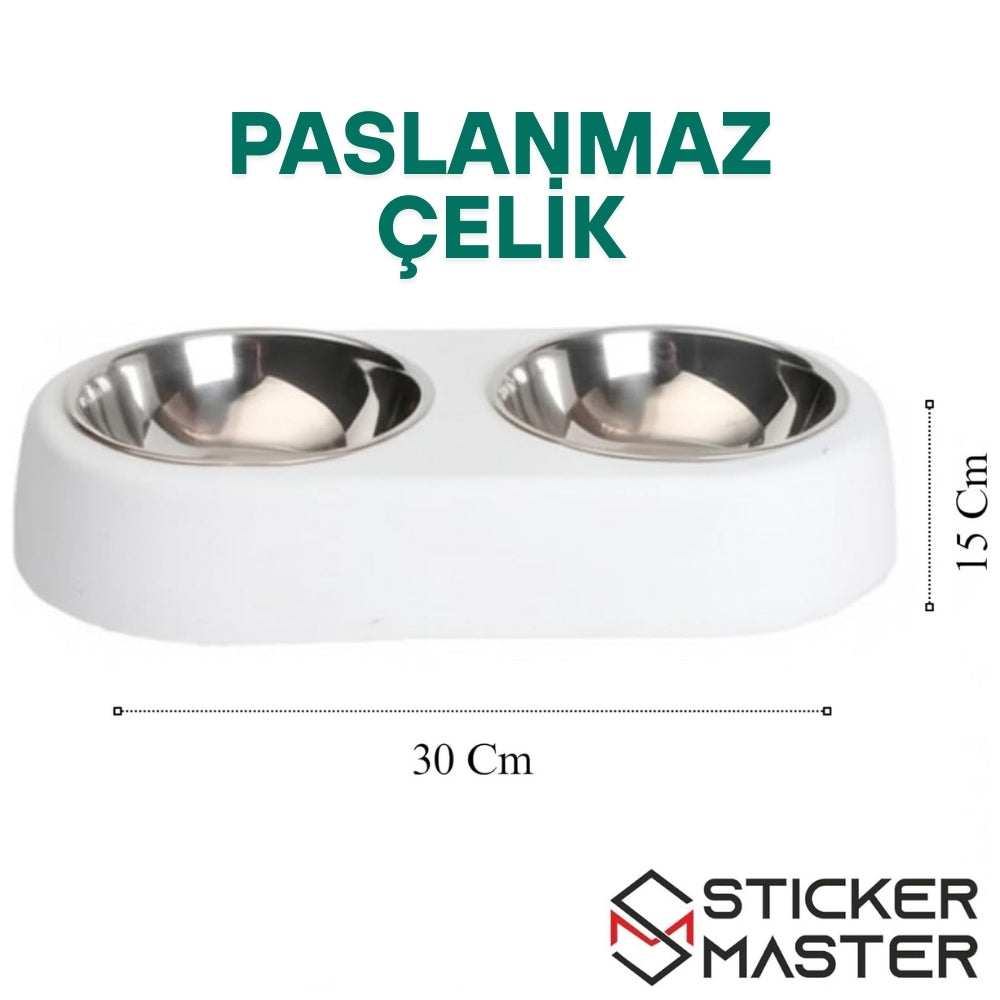Post Date
August,
17
2025
Recycling Labels: Why Is It So Difficult?
While stickers (labels) are both practical and fun, their recyclability is a confusing issue. These small, sticky items, found on packaging, mail, laptops, and water bottles, can cause problems when they enter the waste stream.
While the simple answer is often "no," whether a label can be recycled depends on the materials it's made of, the type of adhesive used, and where it's applied.
Why Can't Labels Be Recycled?
Most labels are produced by combining various materials that cannot be easily separated. In the recycling process, the mixing of paper or plastic layers with adhesives, inks, and protective coatings presents a major challenge.
Even small amounts of adhesive can clog machinery at recycling facilities or contaminate collected recyclables. Labels can also adhere to other packaging, such as cardboard boxes or plastic containers, making these materials difficult to process. As a result, labels alone are not accepted by standard recycling programs and are typically discarded.
Structural Layers of Tags
While a label may seem simple, it is often made up of multiple layers, and each layer affects the label's recyclability:
- Facestock: The top layer of the label; can be paper, vinyl, plastics such as polypropylene, or foil.
- Adhesive: The glue that bonds the label to the surface. Most adhesives are made of synthetic components that are not recyclable or compostable. Even small amounts can contaminate the recycling stream.
- Topcoat or Laminate: This is a transparent layer that provides protection against moisture, UV rays, or abrasion. When this layer is made of a different material, the separation process becomes more complex.
- Release Liner: The backing paper you peel the label from. Most are coated with silicone to prevent sticking and therefore cannot be processed in standard recycling systems.
The combination of these layers means the label cannot be effectively processed in recycling facilities.
Are Any of the Labels Recyclable?
Under very specific conditions, some labels are recyclable. Standard curbside recycling programs generally do not accept labels due to strong adhesives and mixed materials. However, there are a few exceptions:
- Paper-on-Paper Labels: Paper labels with minimal adhesive, affixed to paper packaging such as cardboard boxes or envelopes, are sometimes recyclable along with the packaging.
- Matching Plastic Labels on Plastic: (e.g., a polypropylene label on a polypropylene bottle). As long as the packaging is accepted, the label can also be recycled.
- "Recycling-Friendly Labels": Some manufacturers design these labels using special adhesives and materials that won't hinder recycling processes. However, these are not yet widespread.
Are there Compostable Labels?
Most labels are not compostable, even if they appear to be made of paper. The main reason is that the adhesives are usually made from synthetic materials that don't break down in compost.
While compostable labels exist, they are rare. They are typically made from natural materials like sugarcane fiber or recycled paper, and plant-based adhesives. Truly compostable labels should have certifications such as "home compostable" or "industrially compostable".
Recycling Items with Labels
You can recycle labeled packaging. However, to reduce the risk of contamination at recycling facilities, it's often better to remove the label from the packaging.
You should especially try to remove large, laminated, or heavily adhesive labels. If you are unsure, it is best to contact your local waste management center.
What Can Be Done With Non-Recyclable Labels?
Since labels often cannot be recycled or composted, the best option is to extend their life by reusing them and keeping them out of landfills:
- Reuse: If the adhesives are still intact, give them a second life by sticking them to notebooks, agendas, or storage boxes.
- Crafting Uses: Repurpose old labels in craft projects such as scrapbooking, collage, or card making.
- Gift Embellishment: Use to add a personal touch to gift wrapping paper or envelopes.
- Special Programs: You can explore specialized programs like TerraCycle, which accepts hard-to-recycle waste.
Sustainable Choices and Tips
Despite the recyclability issues, more environmentally friendly options are available.
- Opt for Paper Labels: You can choose paper labels with minimal adhesive, especially if you're sticking them to paper packaging.
- Explore Biodegradable Labels: Some companies offer labels made from sustainable materials and biodegradable adhesives, instead of traditional synthetic adhesives.
Frequently Asked Questions
Can labels on cardboard boxes be recycled together?
Generally, yes, if the labels are small and the amount of adhesive is minimal. However, if the recycling stream requirements are strict, it may be better to peel off the labels.
Are label carriers (backing sheets) recyclable?
Most carrier paper is not suitable for standard paper recycling because it is silicone-coated. However, some brands offer recyclable options or recycling programs through special mail-in services.
Is the recyclability of labels made from plastic resin (vinyl/PVC) affected?
Yes. These labels are not biodegradable and can negatively impact the recycling process, especially by contaminating the paper and cardboard recycling stream.
Can I recycle envelopes with address labels on them?
In most cases, yes. Small address labels don't need to be removed from envelopes, as most recycling facilities can process small amounts of labels.
What should I do with small labels that are difficult to remove?
If small labels are not easily removable, you can put the packaging in the recycling bin. However, if the label is large or laminated, it is best to peel off the label to protect recyclable items.









Leave a comment